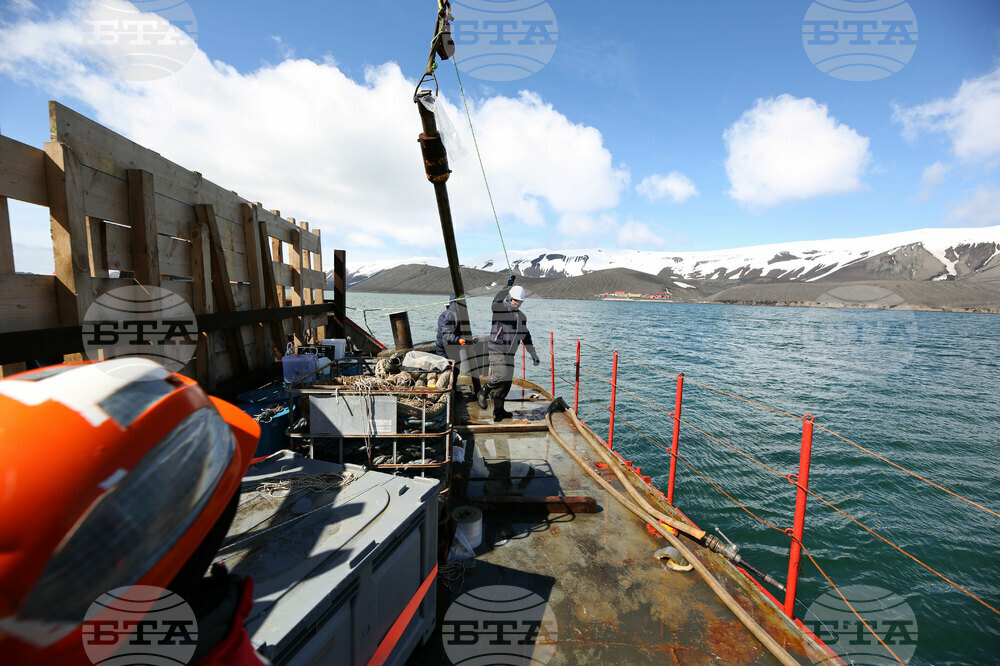BTA exclusive
![Bulgarian Study of Heavy Metals on Livingston Island Already Yields Results]()
![Bulgarian Study of Heavy Metals on Livingston Island Already Yields Results]() BTA Photo
BTA Photo
site.btaBulgarian Study of Heavy Metals on Livingston Island Already Yields Results


We are already receiving information about the first results in one of the most important directions of the research - the presence of heavy metals in marine bottom sediments, said Assoc. Prof. Rayna Hristova from the Institute of Oceanology at the Bulgarian Academy of Sciences
/RY/
news.modal.header
news.modal.text